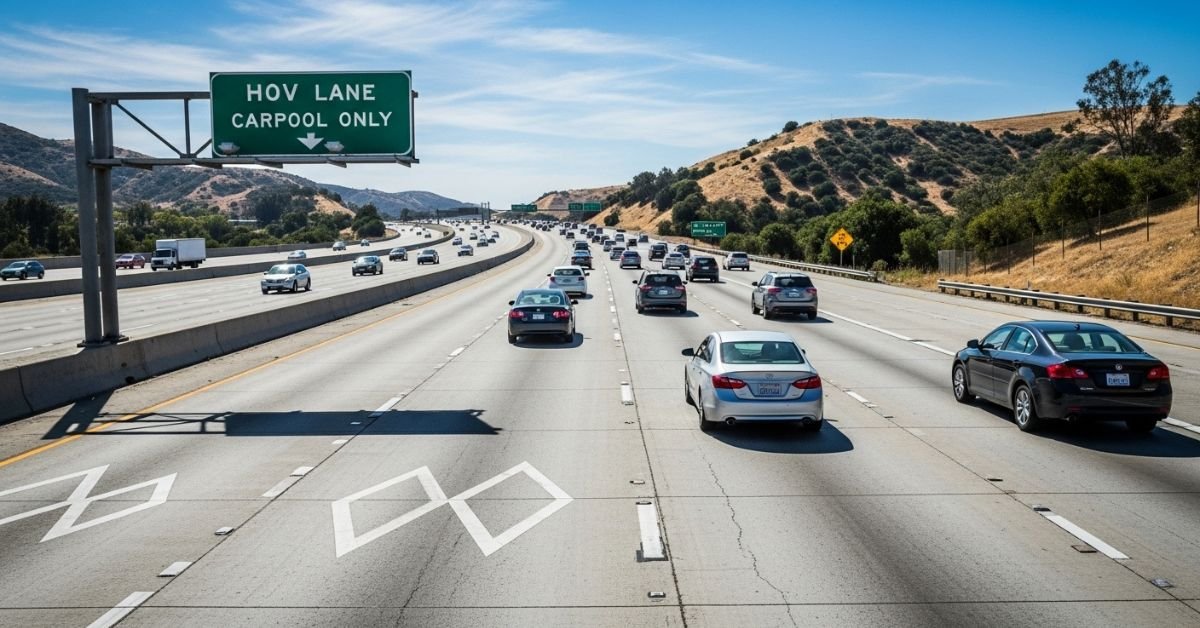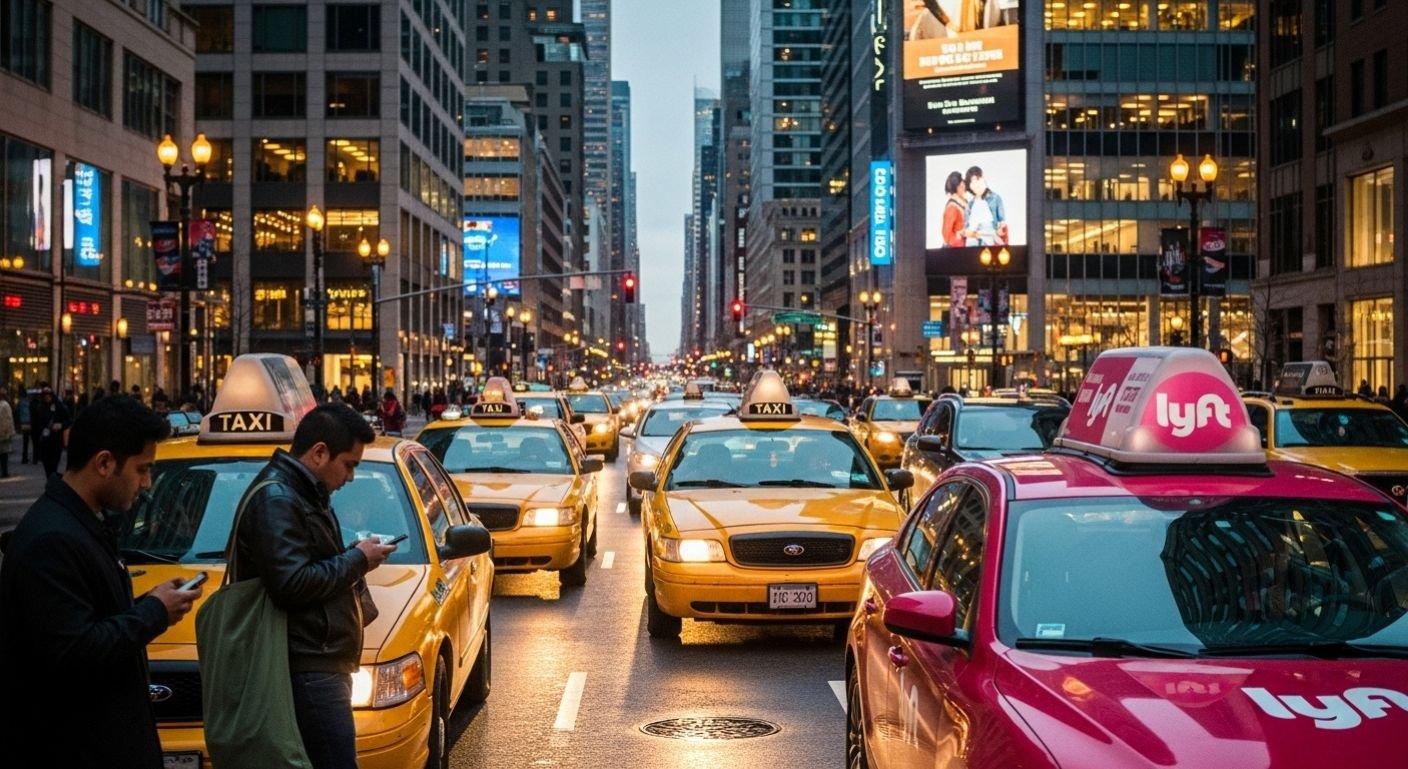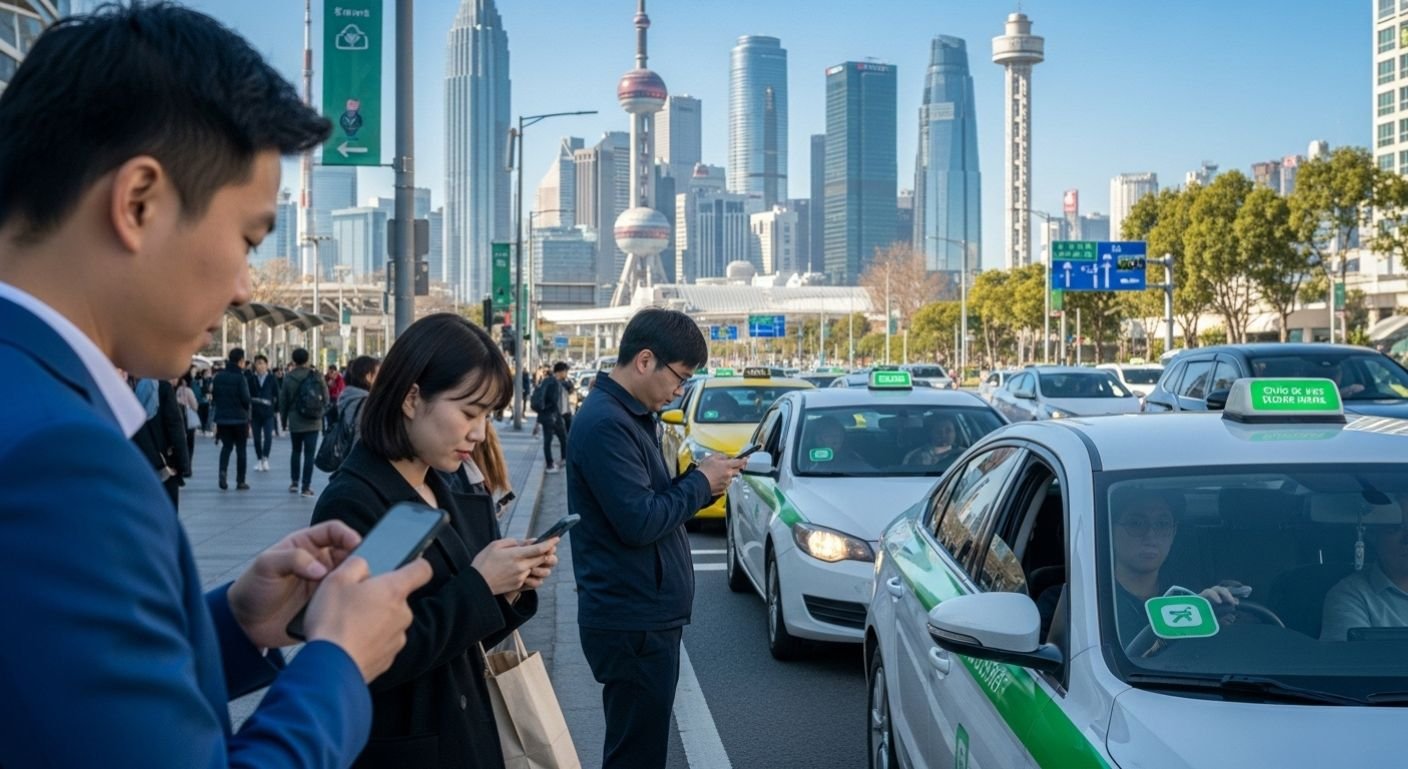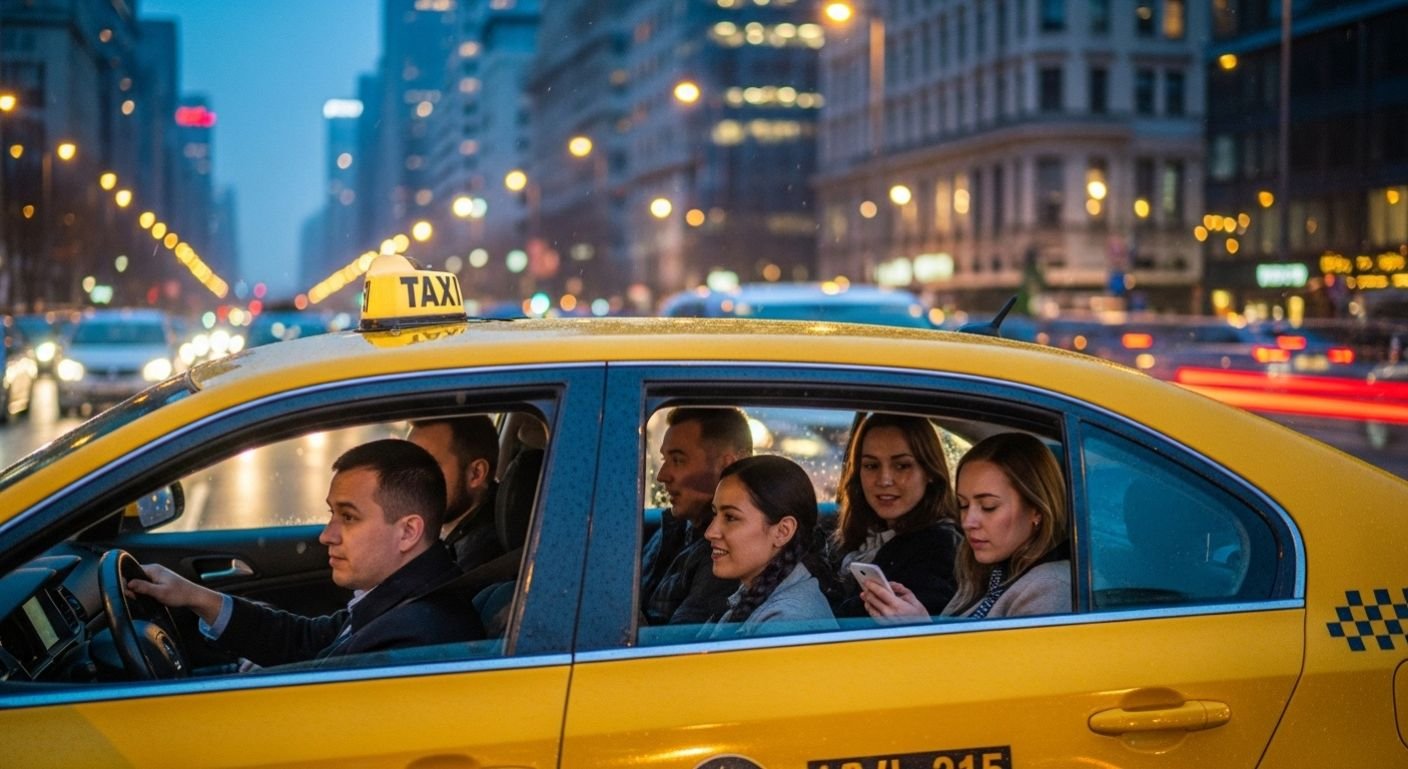Navigating California’s highways can be a daunting task, especially during rush hour. With traffic jams seemingly endless, it’s no wonder drivers often seek out alternative routes to save time. Enter the carpool lane—a designated space designed for vehicles with multiple passengers. But before you zip into this coveted lane, it’s essential to understand the rules and nuances that come with it.
Whether you’re a seasoned commuter or new to the concept of ridesharing, mastering the ins and outs of carpool lanes can significantly enhance your driving experience. Discover what makes these lanes unique and how they not only offer faster travel times but also contribute to reducing congestion on our roads. Ready to dive in? Let’s explore everything you need to know about carpool lanes in California!
Contents
What is a Carpool Lane?
A carpool lane, often referred to as a High Occupancy Vehicle (HOV) lane, is a special traffic lane designated for vehicles with multiple passengers. The main goal is to encourage ridesharing and reduce the number of cars on the road.
Typically marked by distinctive signage and painted lines, these lanes are strategically placed alongside regular traffic lanes. They provide a faster route for those who choose to share their ride.
In California, you’ll find carpool lanes on many major highways. The specific rules can vary based on location, but they’re generally reserved for vehicles carrying two or more people during peak travel times.
Carpool lanes play an essential role in promoting sustainable transportation options while easing congestion in densely populated areas. By facilitating rideshares, they help create a smoother commute for everyone involved.
Rules for Using the Carpool Lane in California
To use the carpool lane in California, you must have at least one passenger in your vehicle. This means a total of two or more occupants for most lanes.
Certain highways allow multiple passengers to qualify for carpool privileges. Always look for signs indicating the required number of people.
Motorcycles are often permitted to use these lanes regardless of occupancy. However, it’s essential to check local regulations as they can vary by location.
Carpool lanes typically operate during peak traffic hours and may be subject to specific times such as weekdays from 7 AM to 9 AM and 4 PM to 6 PM. Outside these hours, solo drivers may enter without penalty.
Always stay alert for any changes regarding lane usage or rules that might be posted on highway signage. Compliance with speed limits is also crucial while using these designated areas.
Benefits of Using the Carpool Lane
Using the carpool lane offers numerous advantages for commuters in California. First and foremost, it significantly reduces travel time during peak hours. With fewer vehicles allowed in these lanes, you can often glide through traffic while others are stuck.
Environmental benefits also play a crucial role. Carpooling decreases the number of cars on the road, reducing emissions and contributing to cleaner air quality. This collective effort makes a noticeable difference over time.
Moreover, sharing rides can lead to lower commuting costs. Splitting fuel expenses with passengers not only saves money but also helps ease financial burdens associated with daily driving.
Social interaction is another perk that shouldn’t be overlooked. Carpooling allows you to connect with coworkers or friends, making your commute more enjoyable and less isolating.
Using carpool lanes can enhance overall road safety by decreasing congestion-related accidents and promoting responsible driving habits among participants.
Common Misconceptions about Carpool Lanes
Many drivers harbor misconceptions about carpool lanes that can lead to confusion and frustration. One common myth is that these lanes are exclusively for buses or high-occupancy vehicles (HOVs). While it’s true they prioritize multiple passengers, single-passenger electric vehicles may also access certain carpool lanes in California.
Another misunderstanding involves the hours of operation. Some believe carpool rules apply all day when, in fact, many lanes have specific times for HOV use. Outside those hours, anyone can utilize them without restrictions.
Additionally, some motorists think they won’t be ticketed if they’re in a lane marked as a “carpool lane” but aren’t meeting occupancy requirements. That’s not accurate—law enforcement actively monitors compliance and issues fines accordingly.
These myths can affect how people approach travel on busy highways. Awareness is key to navigating these specialized lanes effectively while avoiding any legal pitfalls.
Navigating the carpool lane can be tricky, but a few tips can help you stay compliant and make your journey smoother.
First, always check the signage before entering. It will indicate hours of operation and occupancy requirements. Remember that rules may vary by location.
Be mindful of your speed. The carpool lane often has different speed limits than regular lanes. Keep pace with traffic while respecting those limits to avoid potential fines.
Stay alert for merging vehicles. Drivers in other lanes may not expect cars moving at higher speeds, so signal clearly when changing lanes.
Ensure all required passengers are buckled up. Safety is paramount, and being ticketed for an unrestrained passenger could spoil your trip!
By staying informed and cautious, you can enjoy the advantages that come with using California’s carpool lanes effectively.
Alternatives to Using the Carpool Lane
If the carpool lane isn’t your best option, there are several alternatives worth considering.
Public transportation can be a game changer. Buses and trains often have their own dedicated lanes, helping you avoid traffic while saving money on gas.
Ridesharing services are another way to travel efficiently. Apps like Uber and Lyft connect you with drivers who can take you where you need to go without the hassle of driving yourself.
For those who prefer more control over their journey, biking or walking is always an option for shorter distances. It provides exercise and reduces your carbon footprint.
Flexible work hours could help dodge peak traffic altogether. Arriving at off-peak times means fewer vehicles on the road and less stress overall.
Also Read Our Latest Post!
Carpool to Vegas – Affordable and Fun Ways to Travel Together
Conclusion
Navigating the carpool lanes in California can be a straightforward process if you’re familiar with the rules and benefits. Understanding what qualifies as a carpool, knowing how many passengers you need for your vehicle to qualify, and being aware of the specific lane regulations can save you time and reduce stress on the road.
Using these dedicated lanes not only helps in reducing traffic congestion but also contributes positively to environmental sustainability. As more people embrace carpooling, cities benefit from fewer vehicles on the roads.
While there are common misconceptions about who can use these lanes, staying informed will keep you compliant and help avoid unnecessary fines. Awareness of proper usage ensures that everyone enjoys their travel experience without confusion or hassle.
If you’ve ever been hesitant about using a carpool lane or unsure of its advantages, consider giving it a try next time you’re commuting. You may find that it’s an efficient option worth exploring further!




